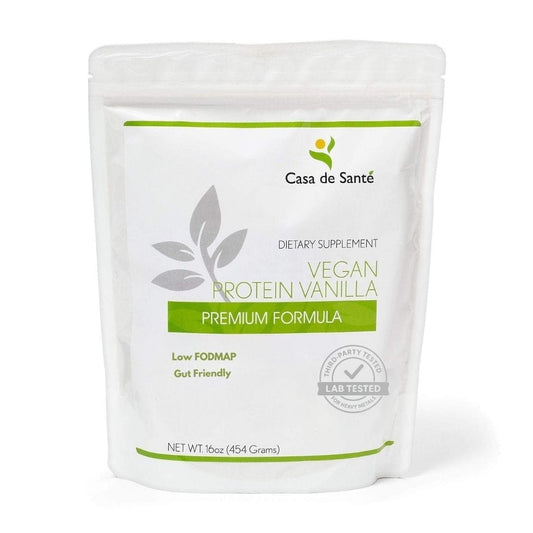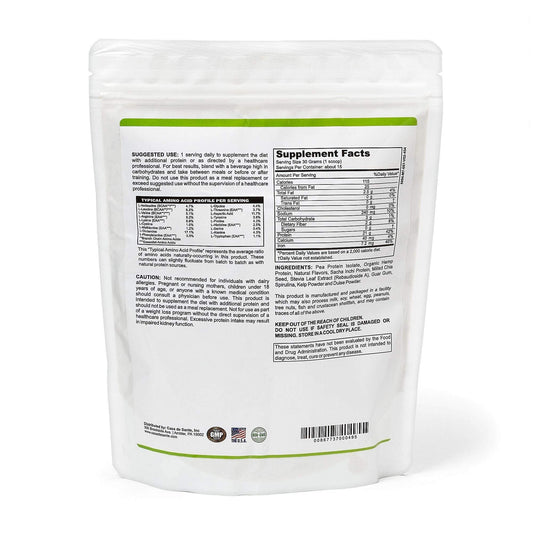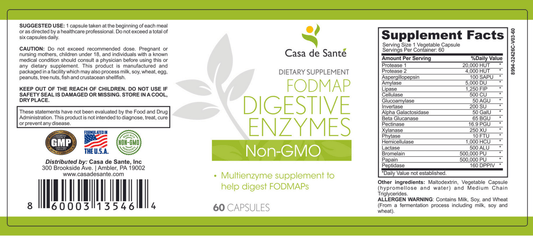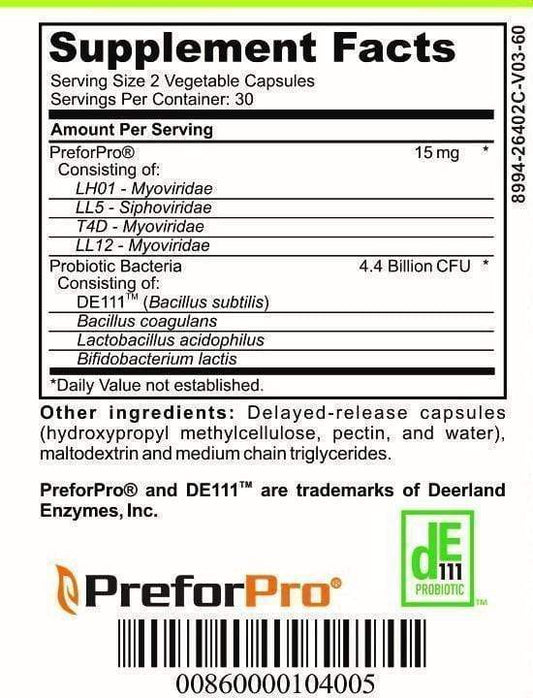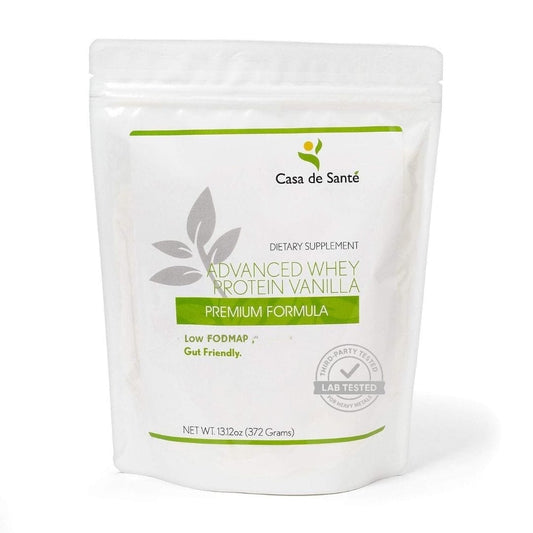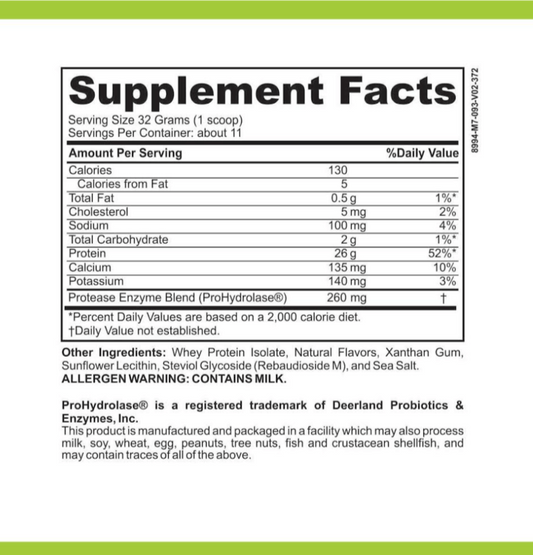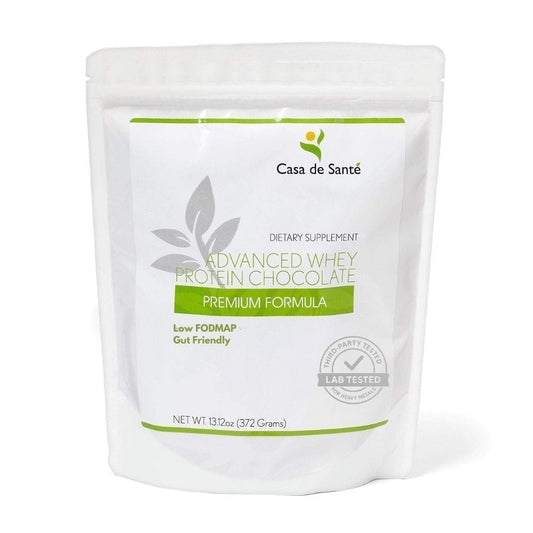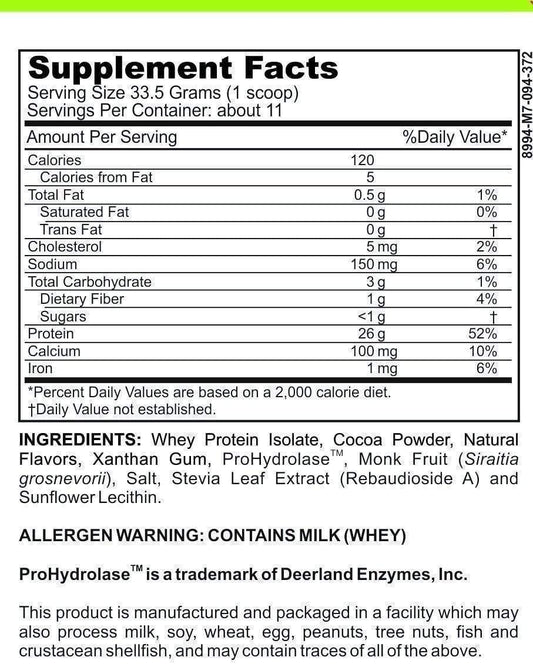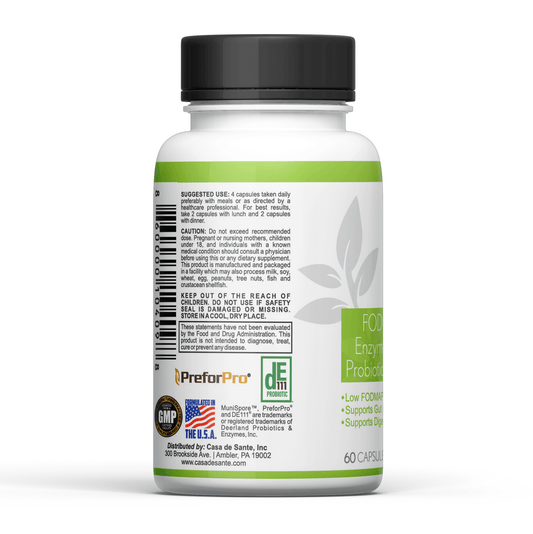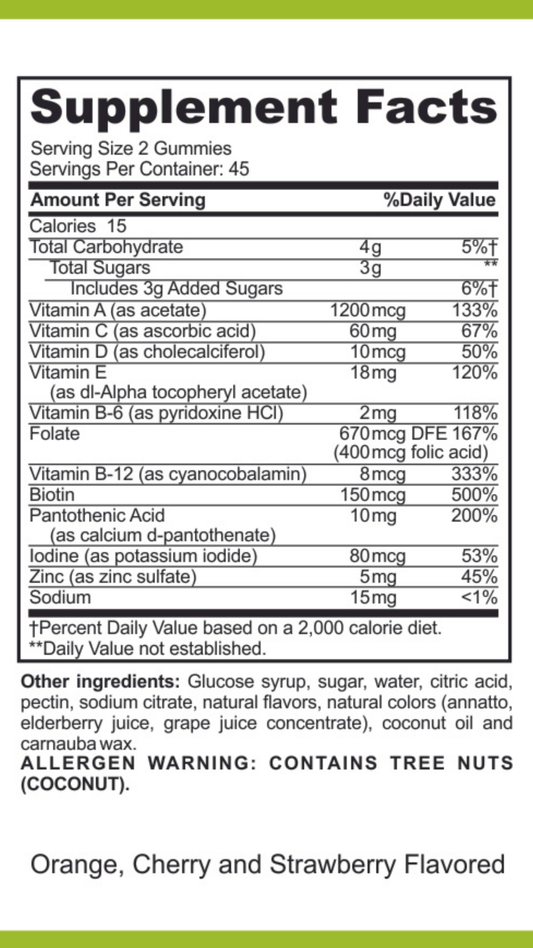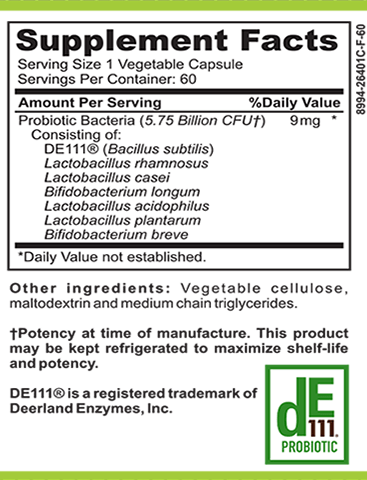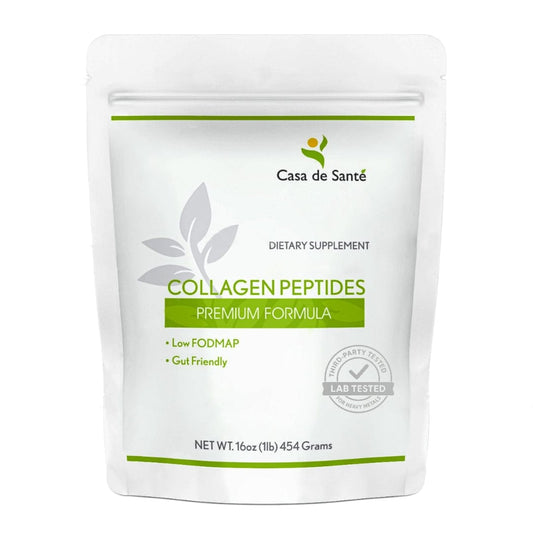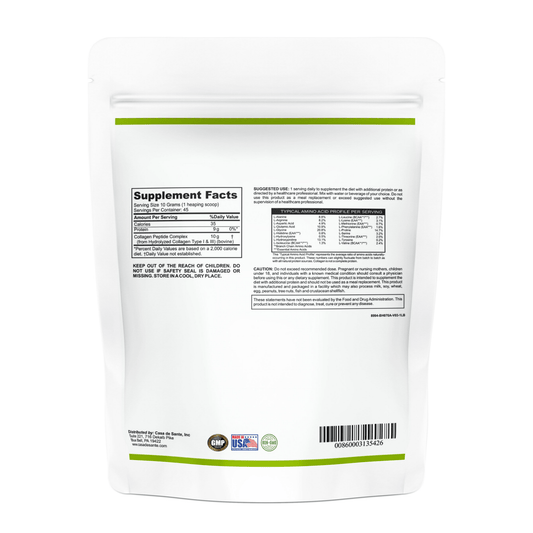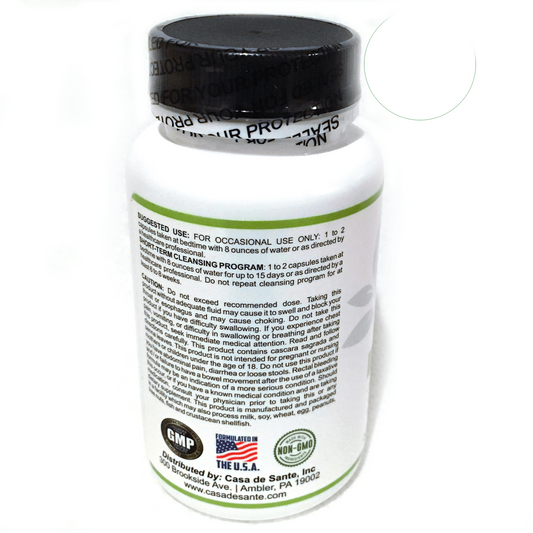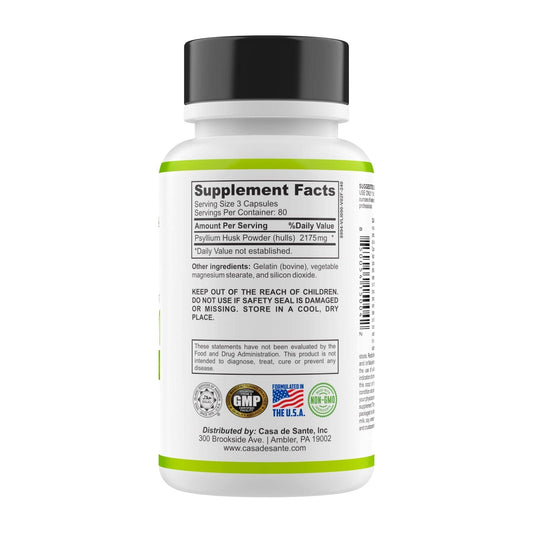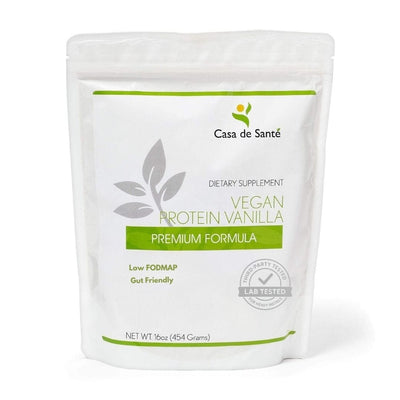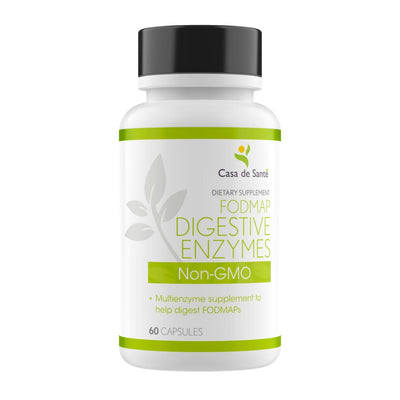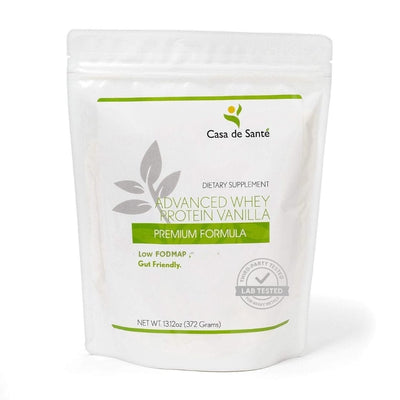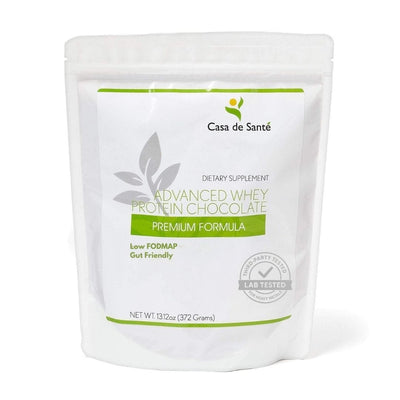Discovering the Best Electrolytes for Dysautonomia Management in 2025
If you or someone you know is dealing with dysautonomia, you might have heard about the importance of electrolytes. Managing this condition can be tough, especially when symptoms like dizziness and fatigue hit hard. Electrolytes play a key role in keeping your body balanced, particularly sodium, which is crucial for regulating blood pressure. In this article, we'll explore the best electrolytes for dysautonomia in 2025, looking at supplements, DIY solutions, and hydration strategies that can help manage symptoms effectively.
Key Takeaways
- Sodium is essential for managing blood pressure and hydration in dysautonomia.
- DIY electrolyte solutions can be made easily at home with common ingredients.
- Choosing the right electrolyte supplement depends on individual needs and preferences.
- Reading labels carefully can help you find the best electrolyte products.
- Consulting with healthcare professionals can provide personalized advice for electrolyte intake.
Understanding Dysautonomia and Electrolyte Needs
The Importance of Sodium
Dysautonomia can really throw a wrench into how your body regulates things like blood pressure and heart rate. One of the most common recommendations for managing dysautonomia is increasing your intake of sodium. Sodium plays a huge role in maintaining blood volume, which is often low in people with conditions like POTS (Postural Orthostatic Tachycardia Syndrome). It's not just about chugging salt water, though; it's about finding a balance that works for your body.
Fluid Balance and Blood Pressure
Maintaining proper fluid balance is super important when you're dealing with dysautonomia. People with POTS, for example, often struggle with hypovolemia, or low blood volume. This can happen because of issues with the renin-angiotensin-aldosterone system (RAAS), fluid loss, or just not drinking enough. Electrolytes, especially sodium, help your body hold onto water, which increases blood volume and can ease symptoms like dizziness and a racing heart. Think of electrolytes as the gatekeepers of hydration, making sure the water you drink actually stays where it needs to be. You can manage your symptoms by finding the best electrolyte solution.
Common Symptoms of Dysautonomia
Dysautonomia can manifest in a bunch of different ways, making it tricky to diagnose and manage. Some of the most common symptoms include:
- Dizziness or lightheadedness, especially when standing up
- Fatigue and weakness
- Heart palpitations or a rapid heart rate
- Brain fog and difficulty concentrating
- Nausea and digestive issues
It's important to remember that everyone experiences dysautonomia differently. What works for one person might not work for another. Keeping a symptom journal and working closely with your healthcare team can help you figure out the best approach for managing your specific symptoms.
Key Ingredients in Electrolyte Supplements

Sodium and Its Role
Sodium is the most important electrolyte when it comes to managing dysautonomia. It helps regulate fluid balance and blood volume, which are often compromised in people with this condition. Without enough sodium, you might experience dizziness, fatigue, and even fainting. It's not just about getting enough sodium, but also about how your body retains and uses it. Some people with dysautonomia lose sodium more quickly than others, so they need to consume more to maintain a healthy balance.
Potassium for Heart Health
Potassium works hand-in-hand with sodium to maintain proper fluid balance, but it's especially important for heart health. It helps regulate heart muscle contractions and nerve signals. A potassium deficiency can lead to heart palpitations or even more serious heart problems. It's important to get enough potassium, but not too much, as an imbalance can also cause issues.
Additional Nutrients to Consider
While sodium and potassium are the big players, other nutrients can also play a supportive role in electrolyte balance. Magnesium, for example, is important for muscle function and nerve transmission. Calcium is needed for bone health and muscle contractions. Some electrolyte supplements also include trace minerals like zinc and selenium, which can support overall health. When choosing a supplement, consider your individual needs and whether these additional nutrients would be beneficial. For example, Normalyte Pure Electrolyte Capsules offer a balanced dose of sodium and potassium.
It's important to remember that everyone's needs are different. What works for one person with dysautonomia might not work for another. It's always a good idea to talk to your doctor or a registered dietitian to figure out the best electrolyte strategy for you.
Here's a quick look at some common electrolytes and their roles:
- Sodium: Fluid balance, nerve function
- Potassium: Heart health, muscle contractions
- Magnesium: Muscle function, nerve transmission
- Calcium: Bone health, muscle contractions
Evaluating Popular Electrolyte Products
Top Brands for Dysautonomia
Okay, so you're trying to figure out which electrolyte supplement is actually worth your money, right? There are tons of options out there, all claiming to be the best. For people dealing with dysautonomia, it's even more important to get it right. Some of the brands that keep popping up in conversations are LMNT, Vitassium, SaltStick, and Thorne's Catalyte. You'll also see DripDrop and Pedialyte mentioned a lot. Each one has a slightly different formula and is aimed at different needs.
Comparative Analysis of Ingredients
Let's break down what's actually in these things. The main players are sodium, potassium, and sometimes magnesium. Sodium is super important for blood volume, which is often a problem in dysautonomia. Potassium helps with heart function, and magnesium can help with muscle cramps. Some brands add extra stuff like B vitamins or other minerals. Here's a quick look at some popular options:
| Brand | Sodium (per serving) | Sugar (g) | Extras | Cost (approx.) |
|---|---|---|---|---|
| Buoy | 50mg | 0 | B vitamins, antioxidants | $0.62/serving |
| Vitassium | 500mg | 0 | Potassium | $0.38/capsule |
| SaltStick | 215mg | 0 | Potassium, magnesium, calcium | $0.22/capsule |
| Catalyte (Thorne) | 485mg | <1 | Magnesium, methylated folate | $0.77/scoop |
| LMNT | 1000mg | 0 | Magnesium, potassium | $1.50/packet |
| DripDrop | 670mg | 14 | Potassium, magnesium, zinc | $1.09/packet |
| Pedialyte Sport | 650mg | 7 | Potassium, magnesium | $1.57/packet |
User Reviews and Recommendations
What are people actually saying about these products? Well, it's all over the place. Some people swear by LMNT because of the high sodium content, even though it's pricier. Others like Vitassium because it's specifically designed for people with POTS and doesn't have any sugar. SaltStick is popular with athletes. The best thing to do is read a bunch of reviews and see what resonates with your specific symptoms and needs.
It's worth remembering that a lot of these supplements are basically just fancy salt. If you're on a tight budget, plain old table salt can do the trick. You can always add some potassium chloride (salt substitute) to the mix. The pre-made stuff is convenient, but you're paying for that convenience.
Here's a quick list of things to consider:
- Sodium Content: How much sodium do you actually need? This will vary depending on your condition and how much you sweat.
- Sugar Content: Some people need to avoid sugar, so zero-sugar options like LMNT or Vitassium might be better.
- Added Ingredients: Do you need extra magnesium or other minerals? Or do you want to keep it simple?
- Cost: How much are you willing to spend? Table salt is way cheaper, but pre-made supplements are easier to use on the go.
DIY Electrolyte Solutions for Budget Management

Simple Recipes for Home-Made Solutions
Okay, so you're dealing with dysautonomia and need electrolytes, but those pre-packaged options are hitting your wallet hard? No problem! You can totally make your own at home. It's surprisingly easy, and you probably already have most of the ingredients. The key is getting the balance right, especially the sodium.
Here's a super basic recipe to get you started:
- 1/2 teaspoon of table salt (provides about 1,150mg of sodium)
- A tiny pinch of potassium chloride (you can find this as "salt substitute" in the spice aisle)
- Optional: 1-2 teaspoons of sugar (for a quick energy boost, but skip it if you're watching your sugar intake)
- Optional: A squeeze of lemon or lime juice for flavor
Just mix all that into about 16 ounces of water, and you're good to go. Adjust the amounts to suit your taste and needs. Remember, this is just a starting point. You can find Klaralyte Salt Capsules if you want a pre-made option.
Using Table Salt Effectively
Let's be real: table salt is your best friend when you're on a budget. It's cheap, readily available, and packed with sodium. But how do you use it effectively without just, you know, chugging saltwater? The trick is to incorporate it into your daily routine. Instead of just adding it to water when you feel bad, try salting your food a bit more generously (within reason, of course – don't go overboard!).
You can also pre-mix a larger batch of electrolyte water and keep it in the fridge. That way, it's ready to go whenever you need it. Just be sure to label it clearly so no one accidentally takes a big gulp thinking it's plain water!
It's important to remember that everyone's sodium needs are different. Start with small amounts and gradually increase until you find what works best for you. Pay attention to your body and how you feel. If you experience any negative side effects, cut back on the salt.
Cost-Effective Alternatives
Okay, so table salt is the cheapest option, but what about other ways to save money on electrolytes? Here's the deal:
- Skip the fancy flavors: Those flavored electrolyte powders are nice, but they add to the cost. Stick to plain salt and add your own flavor with lemon, lime, or even a splash of fruit juice.
- Buy in bulk: If you're using a lot of salt, buy a big container instead of those small shakers. It's way cheaper per serving.
- Consider salt tablets: While not as cheap as plain table salt, salt tablets can be more convenient if you're on the go. Look for generic brands to save money.
Here's a quick cost comparison:
| Electrolyte Source | Cost per Serving (Approximate) | Notes |
|---|---|---|
| Table Salt | $0.01 | Super cheap, but requires mixing |
| Generic Salt Tabs | $0.10 - $0.20 | More convenient, but still affordable |
| Branded Electrolyte Powders | $0.50 - $2.00 | Convenient and tasty, but can be expensive for daily use |
Hydration Strategies for Managing Dysautonomia
Daily Hydration Goals
Okay, so figuring out how much water to drink each day can feel like a guessing game, but it's super important when you're dealing with dysautonomia. A good starting point is often around 2-3 liters of fluid daily, but honestly, it varies. Factors like your activity level, the weather, and even your diet play a role.
Here's a simple breakdown:
- Start with the baseline: Aim for at least 2 liters.
- Adjust for activity: Add more if you're moving around a lot.
- Consider the climate: Hot days? You'll need extra.
Listen to your body! Thirst is a sign, but don't wait until you're parched. Keep a water bottle handy and sip throughout the day. It's way easier to stay hydrated than to catch up when you're already feeling the effects of dehydration.
Timing Your Electrolyte Intake
When you drink your electrolytes matters just as much as how much you drink. Don't just chug everything at once! Think of it as a steady drip rather than a downpour.
- Morning boost: Kickstart your day with electrolytes to help stabilize blood pressure.
- Pre-activity prep: Drink some before any physical activity to prevent a drop in blood pressure.
- Midday maintenance: Keep symptoms at bay by replenishing electrolytes throughout the day.
For optimal results, try incorporating NormaLyte into your daily hydration plan. This will help your body stay hydrated and may improve circulation as you begin your morning routine.
Signs of Dehydration to Watch For
Knowing the signs of dehydration is key. It's not just about feeling thirsty. Sometimes, the symptoms can be sneaky. Here's what to look out for:
- Dizziness or lightheadedness
- Fatigue and weakness
- Headaches
- Dark urine
- Muscle cramps
If you notice any of these, it's time to up your fluid and electrolyte intake. Don't ignore these signals – they're your body's way of saying, "Hey, I need some help!" Staying ahead of dehydration can make a huge difference in managing your dysautonomia symptoms. Remember, consistency is key!
Navigating the Market for Electrolyte Supplements
Understanding Labels and Claims
Okay, so you're standing in the supplement aisle, staring at a wall of electrolyte products. It's overwhelming, right? The first thing to do is ignore the flashy marketing. Focus on the actual ingredient list and the electrolyte content. Brands often make big claims about "superior hydration" or "enhanced performance," but those claims aren't always backed by solid science. Look for the amounts of sodium, potassium, and magnesium per serving. Also, be wary of proprietary blends – you don't really know how much of each ingredient you're getting.
Price vs. Quality Considerations
Is the most expensive electrolyte supplement always the best? Not necessarily. Sometimes you're paying for fancy packaging or a well-known brand name. Consider the cost per serving and compare the electrolyte content across different products. For example, Vitassium capsules might offer a higher dose of sodium at a lower price point compared to some flavored powders. It's also worth thinking about whether you need all the extra ingredients some brands add, like vitamins or amino acids. If you're just looking for basic electrolyte replacement, a simpler (and cheaper) product might do the trick.
Where to Buy the Best Products
You've got a few options here. You can find electrolyte supplements at most drugstores, supermarkets, and sports nutrition stores. Online retailers like Amazon also offer a huge selection, often at competitive prices. One thing to keep in mind is that buying directly from the manufacturer can sometimes get you a better deal, especially if they offer subscription discounts. Also, check for third-party certifications (like NSF or Informed-Sport) to ensure the product has been tested for contaminants and that the label is accurate.
Don't be afraid to experiment with different brands and formulations to see what works best for you. What your friend swears by might not be the ideal solution for your specific needs and symptoms. It's all about finding the right balance and the right ingredients for your body.
Personalizing Your Electrolyte Intake
Assessing Individual Needs
Okay, so you've read all about electrolytes and dysautonomia, but how do you figure out what's right for you? It's not one-size-fits-all, that's for sure. Think about your activity level. Are you mostly chilling at home, or are you training for a marathon? Also, consider the climate you live in. Hot and humid? You'll probably need more electrolytes than someone in a cooler area. Your individual symptoms are the biggest factor.
Trial and Error in Supplementation
Don't be afraid to experiment a little. Start with a lower dose of an electrolyte supplement and see how you feel. Keep a journal to track your symptoms and how they change with different dosages or types of electrolytes. It might take some time to find the perfect balance, and that's totally normal.
Here's a simple way to track:
| Date | Supplement | Dosage | Symptoms Before | Symptoms After | Notes |
|---|---|---|---|---|---|
| 03/27/2025 | Brand X | 1/2 tsp | Dizziness, fatigue | Slight improvement | Taste isn't great, but manageable. |
| 03/28/2025 | Brand X | 1 tsp | Dizziness, fatigue | Noticeable improvement | Still a bit tired in the afternoon. |
| 03/29/2025 | Brand Y | 1/2 tsp | Dizziness, fatigue | No change | Taste is better, but no effect on symptoms. |
Consulting with Healthcare Professionals
Look, I'm just a blog writer, not a doctor. It's always a good idea to chat with your doctor or a registered dietitian, especially if you have other health conditions or are taking medications. They can help you figure out the right electrolyte balance for your specific needs and make sure you're not overdoing it. They can also run tests to check your electrolyte levels and identify any underlying issues.
Wrapping It Up
So, there you have it. Finding the right electrolytes for managing dysautonomia can feel like a bit of a maze. With so many options out there, it’s all about figuring out what works best for you. Whether you go for a fancy brand or just stick with good old table salt, the key is to stay hydrated and keep your sodium levels in check. Remember, it might take some trial and error to find your perfect match. Just don’t hesitate to reach out to your healthcare provider for guidance. They can help steer you in the right direction. Here’s to feeling better and managing those pesky symptoms!
Frequently Asked Questions
What is dysautonomia?
Dysautonomia is a condition that affects how the autonomic nervous system works. This can cause problems with heart rate, blood pressure, and other body functions.
Why are electrolytes important for dysautonomia?
Electrolytes help keep your body's fluids balanced and support healthy blood pressure. For those with dysautonomia, getting enough electrolytes, especially sodium, can help manage symptoms like dizziness and fatigue.
Can I make my own electrolyte drink?
Yes! You can easily make your own electrolyte drink at home using simple ingredients like water, salt, and a bit of sugar or lemon juice.
How much sodium should I take if I have dysautonomia?
The amount of sodium you need can vary, but many doctors recommend increasing your intake to help manage symptoms. Always check with your doctor for the right amount for you.
Are all electrolyte supplements the same?
No, different electrolyte supplements contain various ingredients and amounts of sodium, potassium, and other nutrients. It's important to read labels and choose one that fits your needs.
What are the signs of dehydration I should look for?
Signs of dehydration include feeling very thirsty, having a dry mouth, dark yellow urine, or feeling tired and dizzy. If you notice these symptoms, it’s important to drink more fluids.

